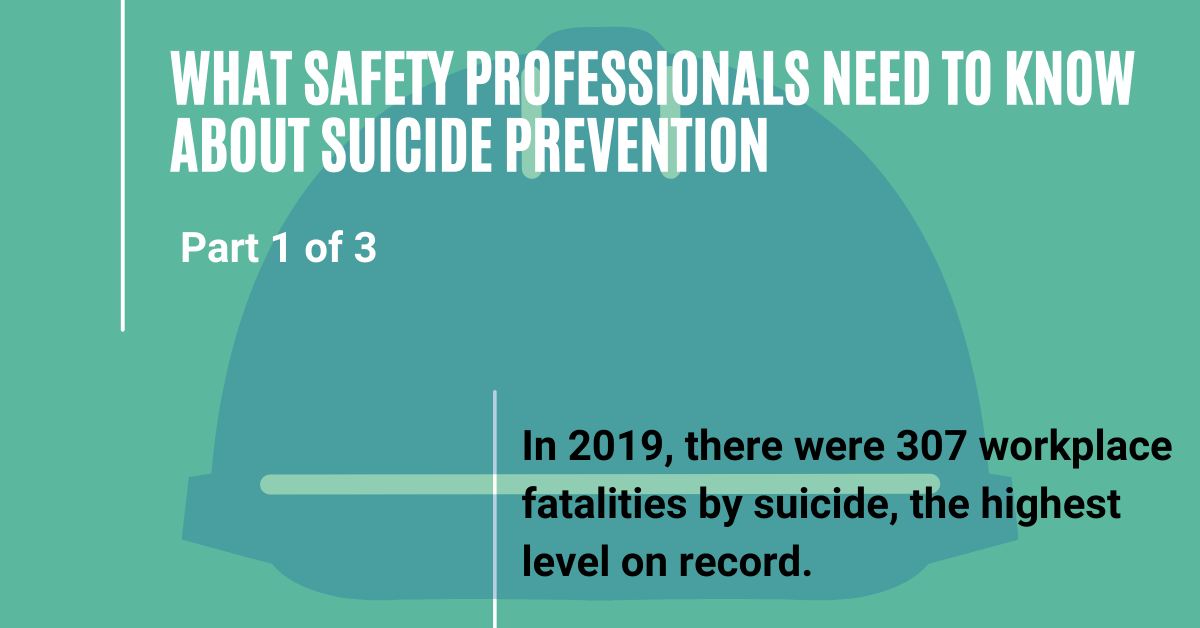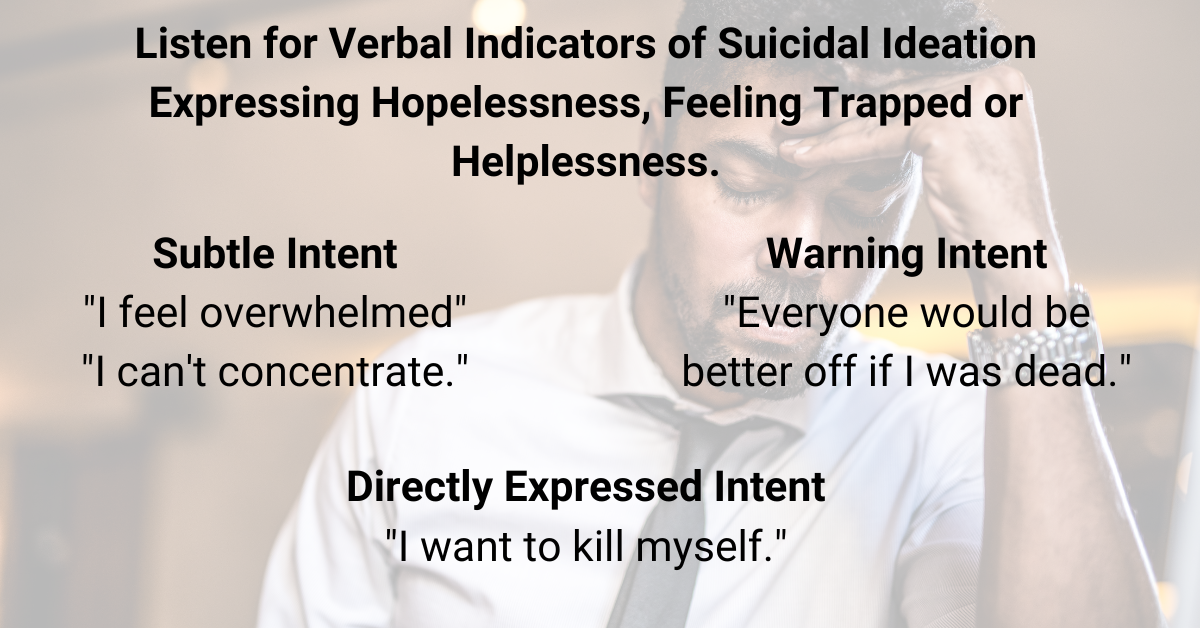Creating a Psychologically Safe Work Environment

Last week, I posted about why I decided to write this series. I mentioned that research indicates creating a respectful and inclusive work environment are important for suicide prevention. So, today’s post will focus on creating a psychologically safe work environment.
What is Psychological Safety?
Psychological safety refers to an environment where vulnerability is rewarded, fostering respect and inclusion. Without rewarding vulnerability, workers feel they can’t be fully present, learn skills, contribute, or challenge the status quo. It is the worker’s ability to show up fully without the fear of negative consequences of self-image, status, or career.
Isolation and fear stemming from the pandemic, complex social issues, and economic challenges have even contributed to workers requesting psychological safety as a term of employment, especially Millennial and Gen Z workers. When the world we live in imposes unusual stress beyond our control, workers do not want jobs that contribute to the mix.
When we think of “safety,” we often think of physical hazards. If the pandemic has taught us anything, it is that psychological, social, and emotional factors distract and impact our workers. These factors can lead to accidents as well as mental health issues. Workplaces should prioritize protecting an employee’s mental health and safety on an equal level with physical safety. Psychological safety is part of that equation.

How Can We Create a Psychologically Safe Workplace?
Psychological safety is a broad subject, but here are three ideas for improving psychological safety in the workplace. These ideas intersect with ideas for a culture that proactively supports good psychological health in general and are not specific to psychological safety as defined above.
1. Observe the actions of those around us.
Psychological safety includes careful observation – noticing when someone in the workplace is struggling. Understanding body language is one way to help us do this. This is how we “hear” what people don’t say. (My favorite book on the subject is “What Every BODY is Saying” by Joe Navarro.) Learn to identify nonverbal cues. People experiencing suicidal ideation may not talk about it but may become hypersensitive when touched. For example, a hand pat on the shoulder may make them irrationally angry when it didn’t before. They might withdraw from coworkers, isolate themselves during lunch and breaks, or miss meetings. They may also neglect grooming and personal hygiene. Do you typically do “walk-arounds” at the work site? It’s essential to be present. Have there been changes in a worker’s behavior? If so, what changed?
2. Listen more closely.
Creating a psychologically safe environment involves listening more than knowing the right words to say. Someone struggling with suicidal ideation will shift from being left-brain dominant (logical) to right-brain dominant (emotional). Have you noticed a worker’s words are more emotionally charged? The way someone would verbally express themselves changes as indicated in the image below. These expressions may range from very subtle to very direct.

3. Support and encourage workers who you suspect are depressed.
Allowing vulnerability as leaders is easier said than done but it is essential for psychological safety. There is pressure to get the work done and let’s face it, hearing the personal thoughts of someone we work with can feel awkward and uncomfortable. You may avoid addressing it and hope it gets better. Also, asking someone if they are depressed (or telling them they might be) is often well-intentioned but may not cause them to be forthcoming.
So what can you say? Simply put, the best things to say involve offering support of some kind. Here are some examples:
“You are not alone.” Remember, severely depressed people isolate and feel very alone. Depression is a very common mental health condition, and you can help them move forward by letting them know you’re there for them no matter what.
“I’m here if you want to talk.” This is a good response after you say, “Hey, are you okay” to which they respond, “I’m fine.” They may not be ready to talk yet but they will remember your offer. That in itself can be a comfort, but you have also opened the door for them to approach you.
“What can I do to help you here today?” They may have a suggestion – you never know until you ask. If not, think of something small you can offer. Pick up lunch, bring coffee from the break room, or offer to drive them home. If you offer a specific small gesture, they are more likely to accept it than if you ask the general, “What can I do?” Most depressed people feel like a burden already.
What NOT to say is equally important. Sometimes we mean well, but the words tumble out wrong. Here are some examples:
“Cheer up!” (This oversimplifies – clinically depressed people can’t force their brains to make serotonin.)
“Snap out of it!” (Avoid scolding. If it was a matter of trying harder, they would.)
“It could be worse.” (This dismisses their pain.)
“This too shall pass.” (Avoid platitudes.)
Share your Ideas
We hope some of these ideas for creating a psychologically safe workplace have been helpful. Careful observation for potential issues, listening and allowing/encouraging vulnerability are all part of a psychologically safe workplace. If you have anything to add, please comment below.
Check back here next Friday, July 8, for Part 2: “Identifying and Assisting Workers Who May Be at Risk.” Or subscribe to the TapRooT® Friends & Experts eNewsletter below to have it delivered to your inbox. We distribute the eNewsletter once a week, on Tuesdays.



